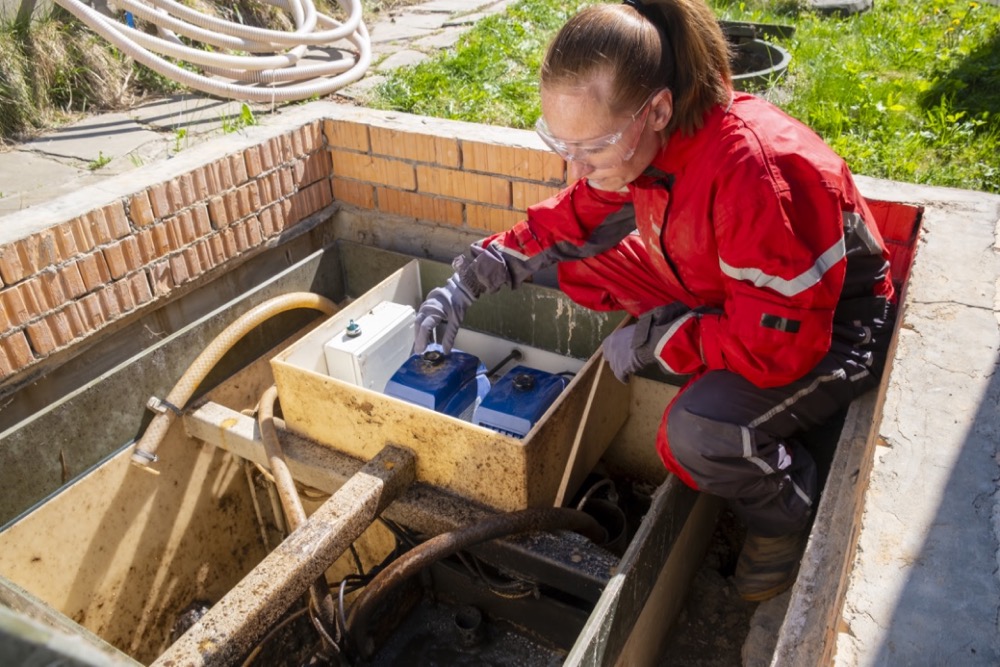
Dye testing is a diagnostic procedure used by home inspectors and contractors to identify issues within a septic system, particularly leaks or improper connections that could lead to the discharge of effluent (liquid sewage) into the environment.
The test introduces a non-toxic, water-soluble dye into the septic system and observes if the dye surfaces above ground, indicating a problem.
How Dye Testing Works
Introduction of Dye: A specific amount of dye, typically green or red, is added to the septic system by flushing it down a toilet, pouring it directly into the septic tank, or through other entry points.
Water Flushing: Water is flushed through the system to push the dye through. This helps in tracing the path of the effluent and identifying any leaks or issues where the dye surfaces above ground.
Observation: Inspectors then wait and observe for the appearance of the dye on the ground surface. The presence of dyed water above ground indicates a leak or fault in the septic system.
Applications and Limitations
Leak Detection: Dye testing is primarily used to detect leaks in the septic system where effluent might escape into the environment.
Verification of Connections: It can also verify that new appliances or drains are correctly connected to the system.
Limited Diagnostic Capability: While useful for identifying leaks, dye testing cannot assess the full functionality of a septic system or pinpoint all types of issues. It is most effective when there’s already a suspicion of a problem. Regulatory Compliance: In some jurisdictions, dye testing is required for home inspections or property transfers to ensure no illegal connections or discharges.
Other Inspection Considerations
Inspector Expertise: The effectiveness of dye testing can depend on the inspector’s expertise and the septic system’s specific conditions.
Environmental Safety: The dyes used are non-toxic, water-soluble, and environmentally friendly, ensuring the testing process does not harm the surrounding ecosystem.
Complementary Tool: Dye testing is often used with other inspection methods to evaluate a septic system’s health comprehensively.
For more information, contact Morse Engineering and Construction Industries, LLC.
Source: homeinspectioninsider.com
